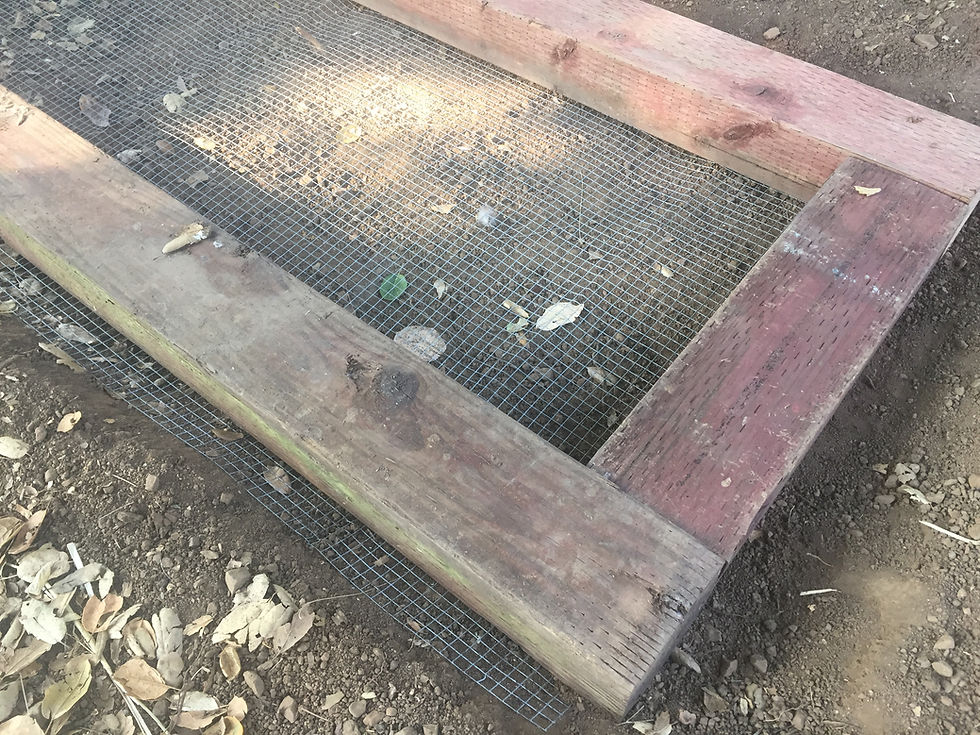Peppa's coop
- Isabelle

- Jan 1, 2019
- 2 min read
Updated: Sep 29, 2020
Peppa came to our micro-sanctuary last summer. She is a 6-year-old Brahma bantam who lost her vision and started to be bullied by her flock mates. Being tiny and blind in the chicken world is tough, so instead of trying to introduce her to our main flock, we decided to give her her own space. We had a small coop that had been donated to us and wasn’t assembled yet. This is the kind of cute little coop you can buy online. It’s sold as a starter coop for about $400 and is advertised to house up to 4 chickens. However it really isn’t roomy enough for more than one single chicken. The house measures 4 sqft, which is the amount of space needed to host comfortably one bird. The run is 12.4 sqft, which is just a bit more than the minimum space required for one hen to roam around. This little coop was just perfect for our little Peppa, but I wouldn’t recommend it as a starter coop for multiple chickens. Always look at the specifications and do the math before buying a coop. So we assembled it and made the following some modifications.

First, we built a base to make it predator and weather proof. We used 4’x6’ pressured treated posts as a foundation, and stapled ½” meshing hardware cloth underneath. The hardware cloth prevents any critters from digging their way into the coop. We added plenty of soil on top of screen so Peppa doesn’t reach it when scratching. The coop sits on the base so it isn’t in direct contact with the soil. This should prolong the life of the coop quite a bit. To ensure that the coop doesn’t topple, we secured it with L brackets to the base.

To make the coop 100% rodent proof, we added hardware cloth to the ventilation holes. To increase the aeration within the hen house, we replaced the plastic window by hardware cloth. We are in the San Francisco bay area, and keeping our chickens cool is more of a problem than keeping them warm.
Since Peppa is blind and couldn’t climb the ladder to go in the hen house, we transformed it into a ramp. We nailed a board to the back of the ladder to fill the holes, and added short horizontal slats to provide traction. We also added an x-pen to extend her roaming area during the day. The run is really too small even for one little blind hen.
The final modification we will make, is to add plexiglass panels to the sides of the run . With the first rains, we noticed that the bottom of her run gets wet. As a temporary workaround we wrapped part her run with a transparent tarp. Peppa loves her little coop.
















